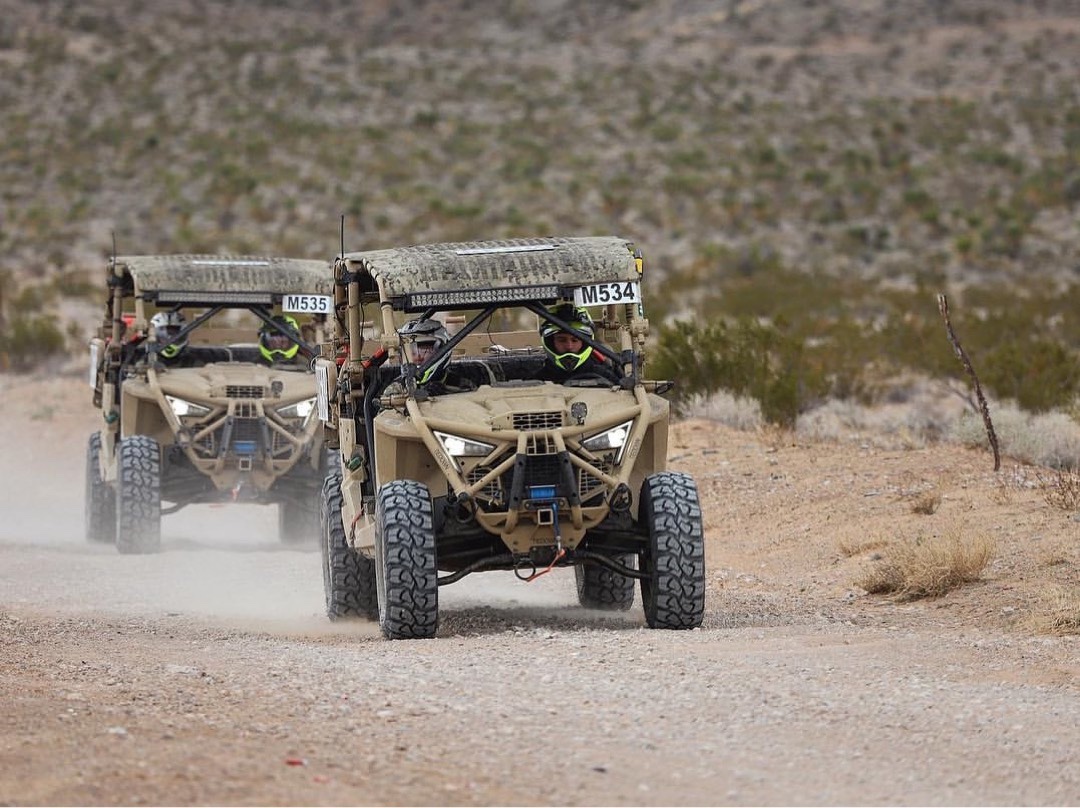
5th Group entered two Polaris MRZR Alphas in the recent MINT 400 Offroad race in Primm, Nevada.
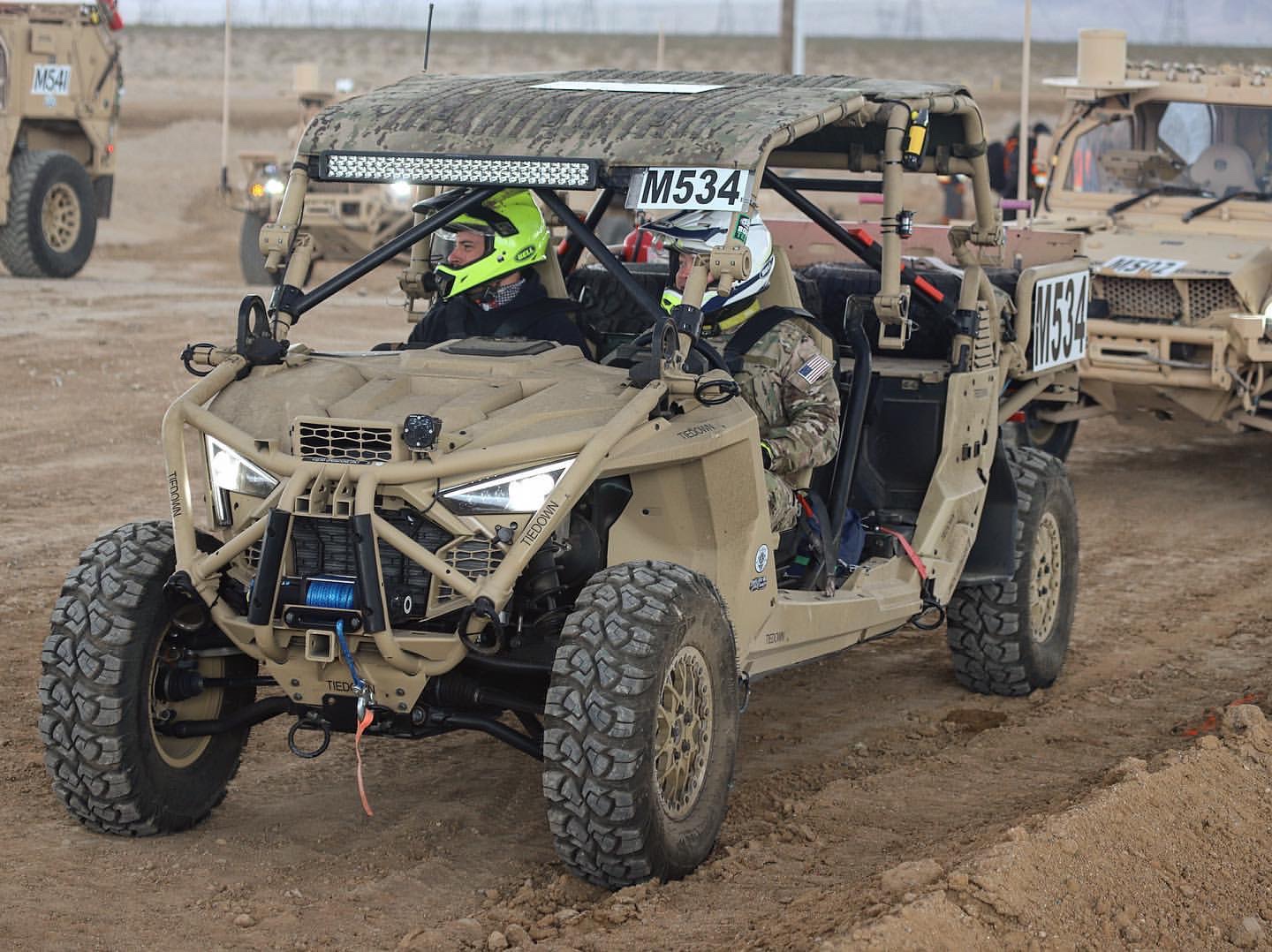
Special Forces Operational Detachments negotiated the long distance, off-road course to hone their skills and vehicle maneuver capabilities.
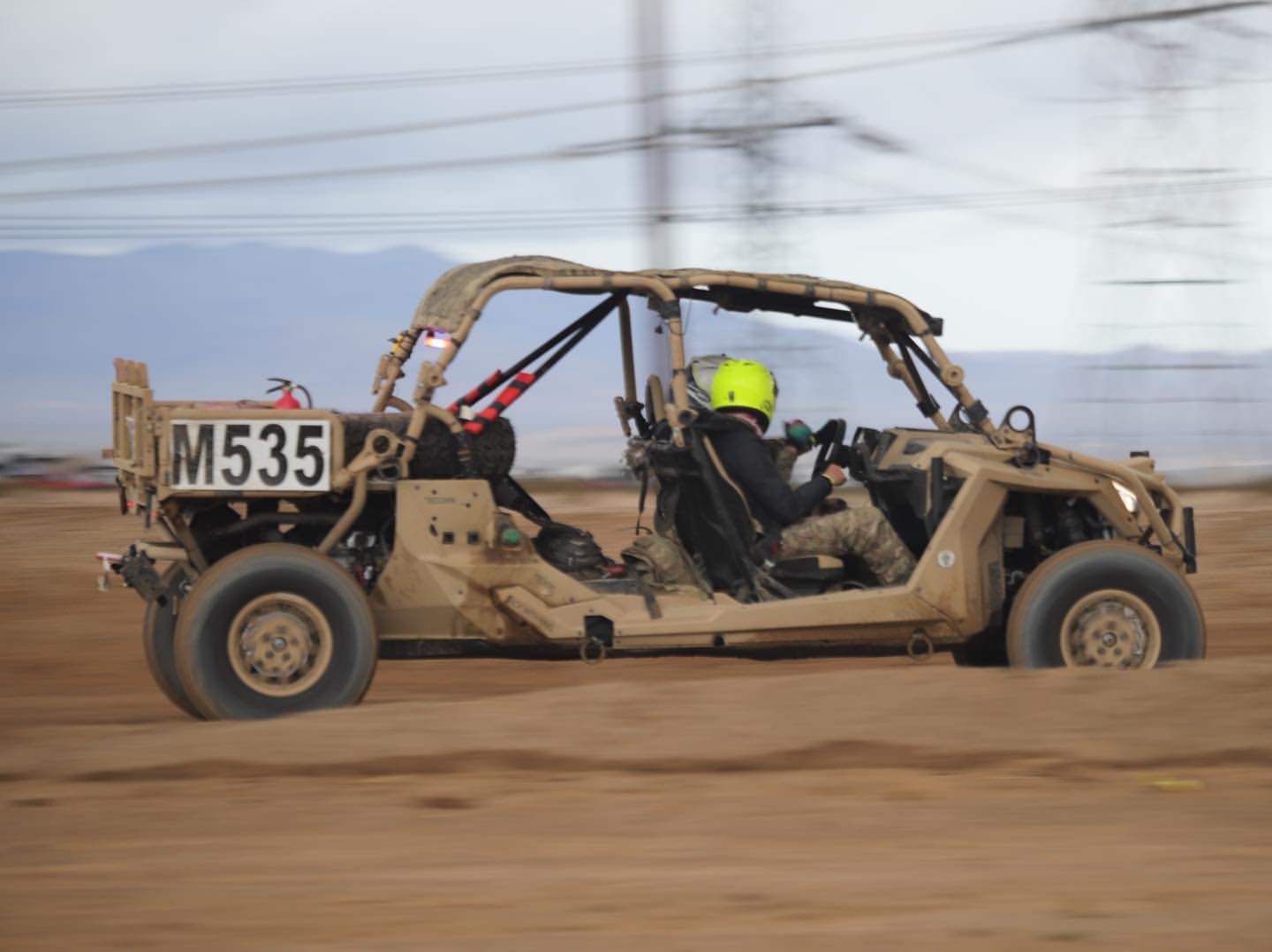

5th Group entered two Polaris MRZR Alphas in the recent MINT 400 Offroad race in Primm, Nevada.

Special Forces Operational Detachments negotiated the long distance, off-road course to hone their skills and vehicle maneuver capabilities.

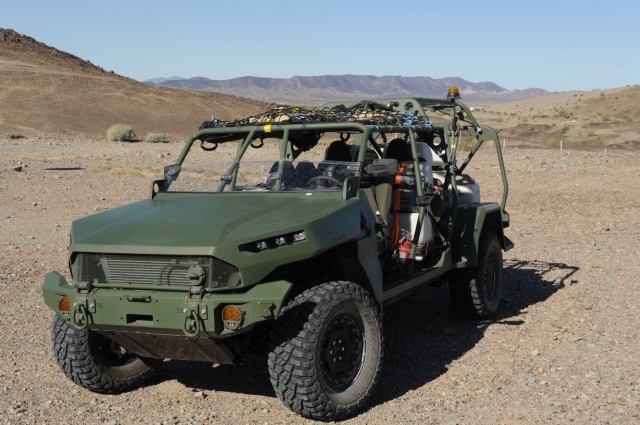
DETROIT ARSENAL, Mich. — The U.S. Army’s Infantry Squad Vehicle (ISV) program was approved by the Program Executive Officer for Combat Support & Combat Service Support (PEO CS&CSS) on March 30 to transition to Full-Rate Production, or FRP. This green light represents a major Army acquisition programmatic milestone in “motorizing” Infantry Brigade Combat Teams, Security Force Assistance Brigades, as well as Army Ranger units. The Army Acquisition Objective currently stands at 2,593 ISVs.
The Army in June 2020 selected GM Defense LLC to produce the ISV. Based on the Chevrolet Colorado ZR2 architecture, the ISV derives a high percentage of its parts from commercial-off-the-shelf components. The Army’s newest light tactical vehicle is dubbed a “better boot,” and its basic operational capabilities include:
Nine-Soldier squad carrying capability
3,200-lb. payload
External sling load/external lift by UH-60/CH-47 helicopters
Low-velocity air drop by fixed-wing C-130 and C-17 transport
Exceptional mobility over a wide variety of terrain.
John Hufstedler, product director, Ground Mobility Vehicles, PEO CS&CSS, said, “The comprehensive team responsible for bringing the ISV program to a full-rate production decision not only involves Army Acquisition professionals assigned to our PEO, but also relevant stakeholders and collaborative partners representing the Army’s funding community, Army Futures Command, Army Forces Command, Army Materiel Command and the testing community.
“Soldier touchpoints, developmental testing and operational testing have been key elements throughout the ISV program,” Hufstedler continued. “Leveraging a commercial vehicle and the world-class manufacturing capability of GM Defense has helped compress the time it takes to field a modernized capability meeting infantry Soldiers’ needs.”
The ISV has been rigorously tested, including production qualification testing and transportability certification, which included low-velocity air drops and helicopter sling loading. Developmental and operational testing enable units to train while offering feedback to the requirements and acquisition communities. This is aimed at improving a system’s utility and operational effectiveness in Soldier’s hands, as well as suitability for the environments in which Soldiers train and fight.
Reliability testing concluded earlier this year, which completed the ISV production qualification test.
To date, the Army has accepted more than 300 ISVs and has fielded three brigade sets of 59 vehicles, for a total of 177. The program is on track to continue to meet fielding plans, with two Brigade sets fielding this June.
By Rae Higgins, Program Executive Office Combat Support & Combat Service Support
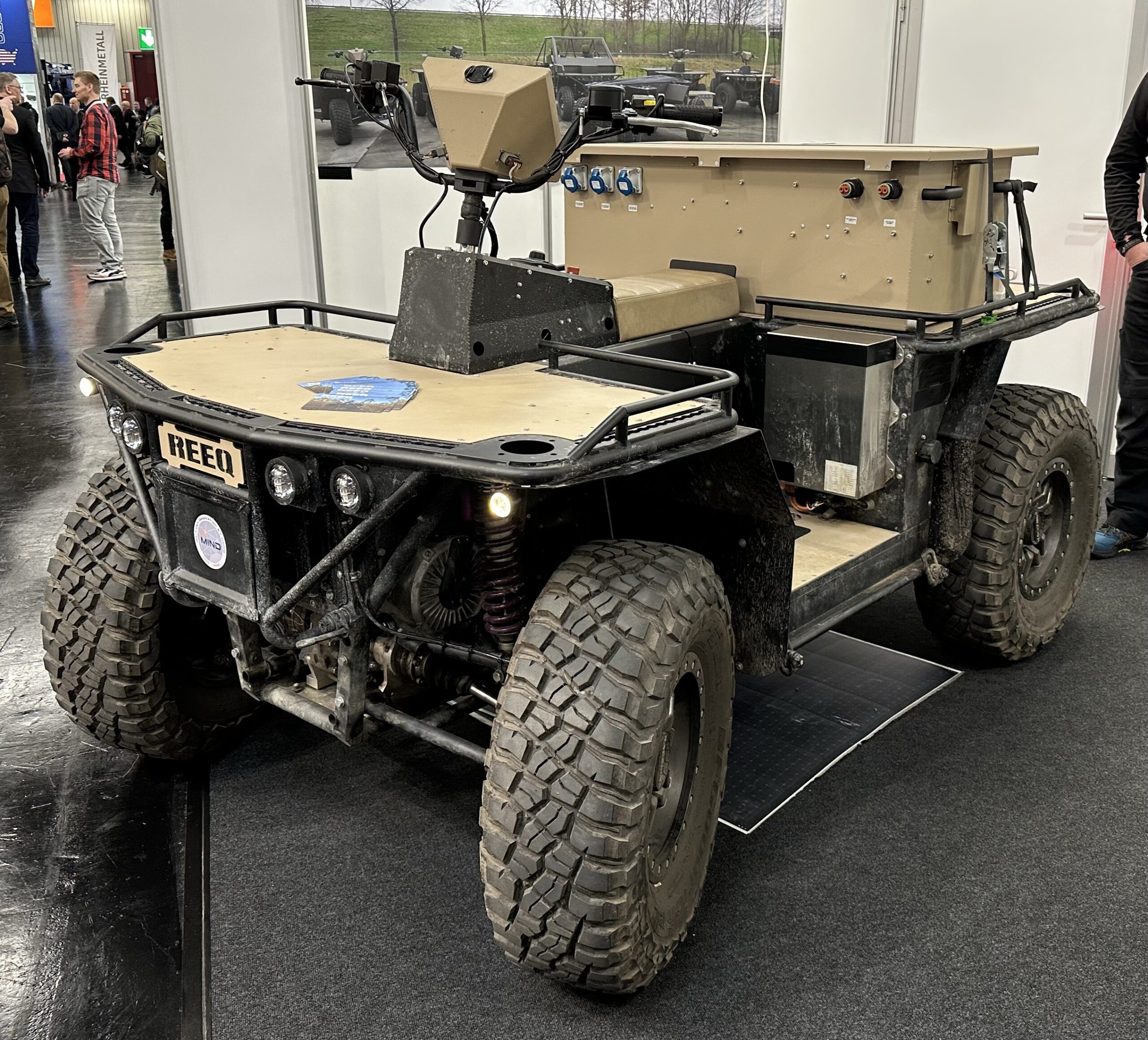
REEQ is a diesel hybrid, scalable, modular platform which can be configured in a variety of ways including Side by Side or Quad bike setup.
REEQ can be manned or unmanned, remote or autonomous.
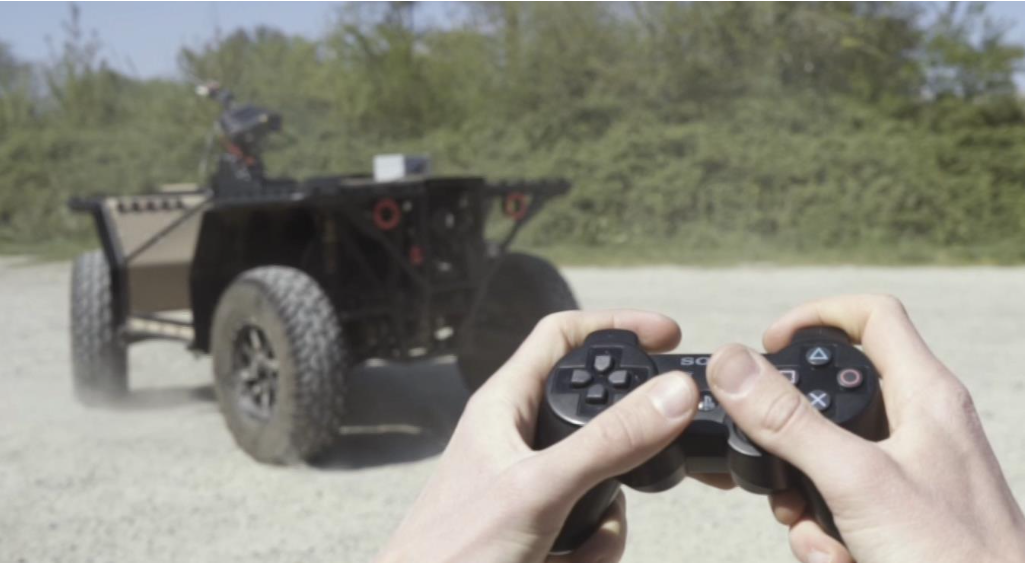
It was designed using COTS components which are easily obtainable on the market.
REEQ offers 50km range with up to 1000km using a range extender and a top speed of 85km/h.
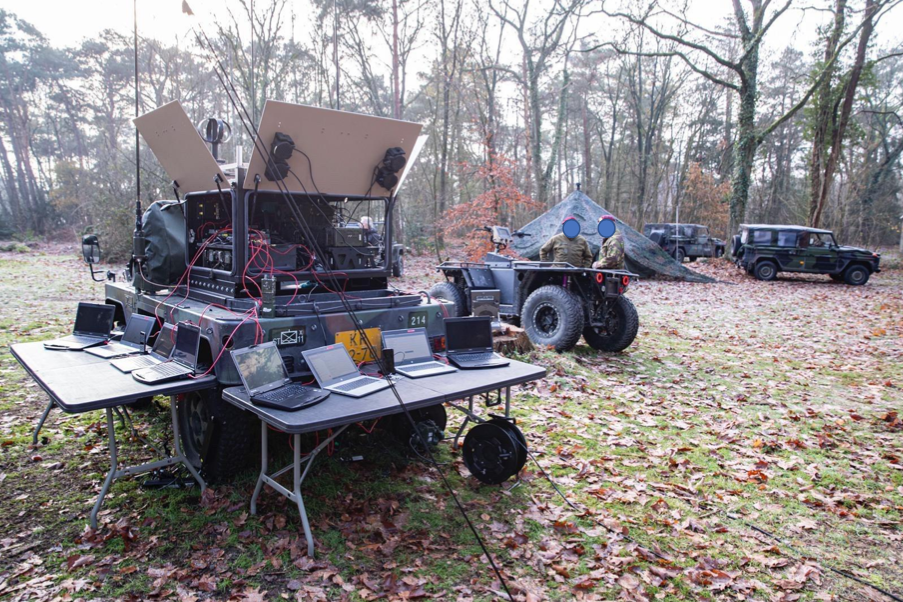
Here it is set up to run a small, mobile command post.
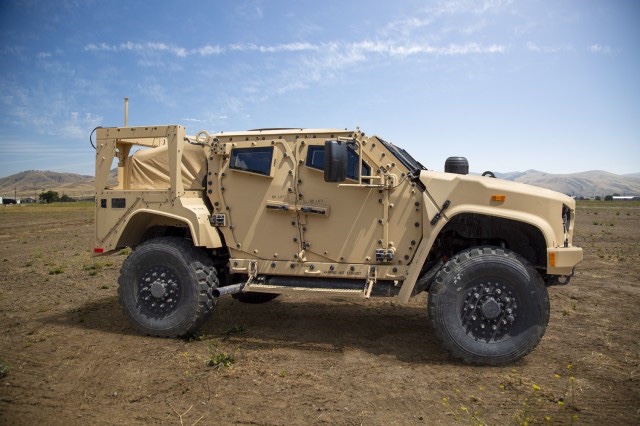
DETROIT ARSENAL, Mich. (Feb. 9, 2023) – The Army announced today the award of a requirements contract with five base ordering years plus five one-year optional ordering periods to AM General LLC for estimated Joint and Foreign Military Sales (FMS) production of up to 20,682 Joint Light Tactical Vehicles (JLTVs) and up to 9,883 JLTV Trailers. The total contract value is $8.66 billion. This competitive follow-on production contract has been part of the JLTV acquisition strategy from the beginning and focused on a best value determination that includes retaining the capability of the JLTV today, while ensuring that it can be upgraded in the future with the latest technologies.
The JLTV follow-on contract strategy was designed to provide a fair and competitive environment, while ensuring the Army obtained a premier manufacturer that delivers the highest quality, most capable, and affordable tactical vehicle in the world.
The JLTV follow-on contract request for proposal, in accordance with the Army Climate Strategy, sought to incentivize offerors to propose fuel efficiency technologies that targeted on-the-move fuel economy improvements and anti-idle capability in support of optimizing combat effectiveness. The JLTV A2 design is the first tactical wheeled vehicle with baseline architecture utilizing lithium-ion batteries, which is a key enabler for anti-idle capability.
Effective competition is the critical element for controlling cost and maximizing buying power for the government. The JLTV engagement strategy with industry has been very successful in establishing executable timelines, adding mature technology insertions, and providing transparency throughout the process to allow contractors to make individual business decisions.
“One of the key strategies of the JLTV program from its earliest days was to leverage competition to control cost and maximize buying power for the government,” said Brig. Gen. Samuel L. “Luke” Peterson, program executive officer, Combat Support & Combat Service Support. “From the start of production, the government procured the data rights to the JLTV Technical Data Package from the original equipment manufacturer, which the program leverages to conduct future production competitions and control the platform’s configuration and vehicle price well into the future. These government-held data rights permitted the program to compete this follow-on production contract with much better control of the production configuration and cost.”
To ensure the JLTV follow-on production contract was robustly competitive, the government focused on rigorous communication with its industry partners. This consistent communication strategy included prior notifications to the current contractor that future contracts were intended to be competitive. The original JLTV contract was awarded in August 2015 to Oshkosh Defense, and the Technical Data Package option was ordered shortly thereafter.
“Our industry partners are essential to ensure we deliver critical, advanced technology and capabilities like the JLTV to our warfighters,” said Brig. Gen. David Walsh, commander of Marine Corps Systems Command. “We look forward to partnering with AM General to build upon this proven platform and ensure our warfighters have the latest in vehicle technology.”
Since August 2019, Joint Program Office JLTV actively engaged the light tactical wheeled vehicle industrial base. The feedback received from market research was instrumental in framing the acquisition plan, which was approved by the Army Acquisition Executive in November 2020. The plan:
Focused on and extended the presolicitation period
Provided multiple draft Request for Proposal releases that sought feedback to shape the solicitation and eliminate barriers
Provided lease vehicles to provide a deeper level of understanding for the nonincumbents
Released both the JLTV A1 and A2 Technical Data Packages to provide competitive balance
Enabled multiple static displays and one-on-one sessions with government subject matter experts
Provided a responsive Q&A forum, resulting in active industry engagement (more than 400 questions submitted and corresponding responses.)
The JLTV Family of Vehicles, an Army-led joint program with the U.S. Marine Corps, closes capability gaps in the light tactical vehicle fleets. JLTVs can perform multiple mission roles and are designed to provide protected, sustained, networked mobility for personnel and payloads across the full range of military operations. The JLTV brings increased protection and performance to the fleet; minimizes ownership costs by maximizing commonality, fuel efficiency and reliability; and maintains effective competition throughout its life cycle. Commonality of components, maintenance procedures, training, etc., between vehicles is expected to be inherent in Family of Vehicle solutions across mission variants to minimize total ownership cost.
The JLTV program has been lauded as a model of successful acquisition. It has received two David Packard for Acquisition Excellence Awards as well as Department of Defense Should-Cost and Innovation Awards.
By Sam Tricomo, Program Executive Office Combat Support & Combat Service Support
At next week’s IDEX Exhibition (20-24 February, Abu Dhabi) WFEL will showcase its DSB Dry Support Bridge, the world’s most technically advanced, rapidly deployable military bridge of its type; a 46m bridge can be constructed by a crew of 8 in under 90 minutes. With its Military Load Classification (MLC) of 120, this bridging system allows the heaviest of military vehicles to cross both wet and dry gaps.

The current growing state of readiness for many militaries around the world, combined with greater involvement of the military in support of natural disasters which have occurred in recent times, illustrates the strategic importance of the dual-role capabilities of WFEL’s bridging systems.
WFEL’s rapidly deployable bridging systems provide temporary infrastructure and have the potential to be used both in combat situations and natural disasters, greatly enhancing an Army’s capability to quickly manoeuvre across physical terrain as complex as rivers, ravines and man-made gaps
Already procured by the US, Australian, Turkish, Swiss and Philippines armed forces, WFEL’s DSB Dry Support Bridge is the longest non-reinforced bridge of its class anywhere in the world. Using an innovative launching mechanism, the system is versatile and can be adapted to fit to a variety of host vehicles commonly used by armed forces, including RMMV Rheinmetall MAN 10 x 10 fully armoured military vehicles, in response to the increasing threats faced by armed forces in today’s ever more complex military scenarios.
WFEL will be located on the NEXTER booth CP-320, co-exhibiting with our colleagues from NEXTER and KMW.
American Rheinmetall Vehicles (Sterling Heights, MI) and GM Defense LLC (Washington, DC) have won a contract for the first phase of the U.S. Army’s Common Tactical Truck (CTT) Program.
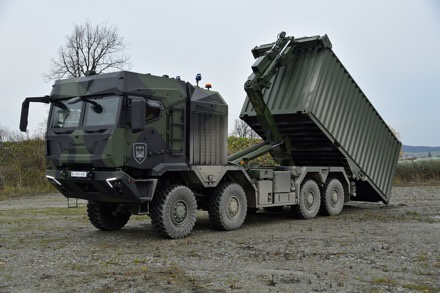
The aim of the multi-phased program is to replace the Army’s family of heavy tactical trucks with production of up to 40,000 trucks valued at up to $14 billion. The two powerhouse defense companies formed a strategic collaboration in 2022 to compete in the program; bringing together two world-class engineering and manufacturing giants to deliver a modern, tactical truck that enhances Soldier capability through advanced technologies including advanced driver assistance systems (ADAS) for safety, increased off-road mobility, cybersecurity, machine learning, artificial intelligence, improved survivability and fuel efficiency, among other emerging technologies.
The team offered the HX3 Common Tactical Truck (HX3-CTT). The HX3 is the latest generation of trucks in the highly successful, combat proven, HX family of trucks which are in service with a number of NATO and U.S. allied nations. The HX family of trucks derives from MAN Truck and Bus commercial truck offerings bringing a high degree of commerciality to the fleet, a priority for the Army in the CTT program. The HX3-CTT next-generation system has enhanced on and off road mobility, integrated survivability, and an open digital architecture supporting ADAS and enabled for autonomous vehicle operation. Combined with the open architecture, the commercial backbone of the HX3-CTT will support persistent modernization and allow for rapid increases in capability as technologies mature. With a global footprint of both current military user nations and commercial dealer networks, the HX3-CTT provides a basis for optimized lifecycle costs and service support to the Army across the globe.
“Both American Rheinmetall Vehicles and GM Defense look forward to providing competition to the Army’s CTT Program. We are committed partners to the Army, bringing tremendous operational capability coupled with advanced safety features, ensuring our Soldiers can achieve their mission safely and effectively. Together our team will deliver a transformational truck that leverages the commercial strenghths of our partners, Rheinmetall MAN Military Vehicles and General Motors, and the commonality of the HX3-CTT design,” said Matthew Warnick, Managing Director for American Rheinmetall Vehicles.
“Winning the CTT prototype phase demonstrates the undeniable value that the strategic collaboration between GM Defense and American Rheinmetall Vehicles brings to this important, next-generation Army program,” said Steve duMont, president of GM Defense. “We are excited to bring our advanced technologies and manufacturing prowess into this important collaboration and deliver a proven, modern solution to enhance warfighter capability. We look forward to continuing our work with American Rheinmetall Vehicles to execute the first prototype phase, while gaining the necessary insights to strengthen our position to win future phases of the program.”
HX3 Common Tactical Truck
Technology for the future: The HX3-CTT features an advanced, interchangeable protected cab design, ADAS, and drive by wire operation. The new open systems electrical architecture allows rapid integration of leader-follower, tele-operation, and fully autonomous capabilities that focus on protecting our most valuable combat asset – the Soldier.
Common platforms and parts to support a family of vehicles: The HX3-CTT is the new, next-gen variant of the globally successful HX family of military-off-the-shelf tactical trucks. It possesses an extremely high level of commonality and modularity across variants: cargo, load handling systems, tankers, and line haul tractors. With an HX family that can scale from 4×4 to 10×10, the HX can meet any military need.
Commerciality in its DNA: The HX3-CTT leverages best-in-class advances in commercial truck technology, safety, fuel efficiency, and emissions reduction. Ruggedized for the stresses of military service, the HX family provides an “off the shelf” capability. This commercial backbone reduces obsolescence risk/cost, expands parts availability and reduces sustainment demands.
Allied interoperability: The HX family of trucks have been sold to 20 customers globally including an active allied user group consisting of United Kingdom, Australia, New Zealand, Germany, Austria, Norway, Sweden, and Denmark, creating common global supply chains, training opportunities, and integrated operations among key allies operating around the world.
longhouse is a long-running video series from Hill People Gear. Six years ago, Evan Hill presented Winter Locomotion where he discusses getting around on snow and ice. If you haven’t watched that one, check it out before moving on.
Yesterday, they released Winter Locomotion 2023 which updates the gear Evan uses.
STOCKHOLM, Sweden — Dec. 16 2022— Sweden, Germany, and the United Kingdom have reached an agreement with BAE Systems to purchase 436 BvS10 all-terrain vehicles. The joint procurement, worth $760 million, is in support of Arctic operations for the Collaborative All- Terrain Vehicle (CATV) program.
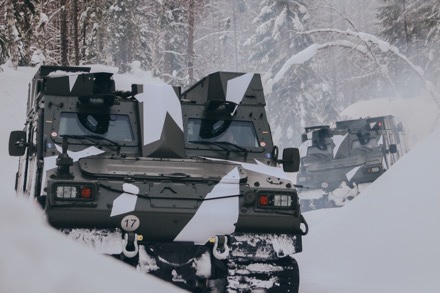
BAE Systems’ military all-terrain vehicles are designed for operations in the harshest and most remote environments and this agreement signals the Company’s position as the defense industry’s leader for these capabilities.
“We‘re seeing increased interest from numerous countries for the extreme mobility capabilities offered by the BvS10 and its unarmored sister vehicle, Beowulf,” said Tommy Gustafsson-Rask, managing director of BAE Systems Hägglunds, which manufactures the vehicles in Örnsköldsvik, Sweden. “Sweden, Germany, and the United Kingdom will be getting an excellent return on their investment in these highly capable vehicles for decades to come. This further demonstrates the strong relationship between BAE Systems and our customers to deliver these critical capabilities.”
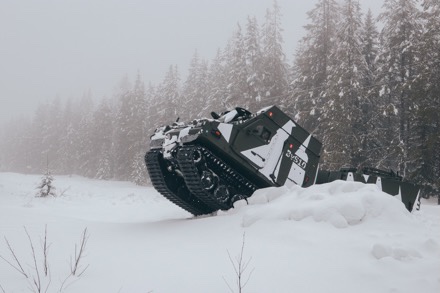
The three-nation acquisition will deliver the 436 vehicles beginning in 2024, with 236 BvS10s going to the Swedish Defense Materiel Administration (FMV), 140 to the German Federal Ministry of Defence (BAAINBw), and 60 to the United Kingdom Ministry of Defence (MoD). The vehicles are based on the latest version of the BvS10 currently operated by Sweden, and will include variants for troop transport, logistics, medical evacuation, recovery, and command and control.
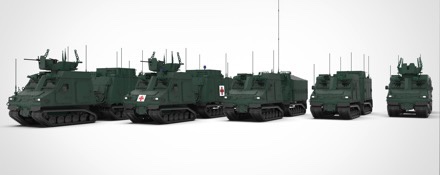
The CATV program includes a framework agreement that could lead to the purchase of more vehicles by the three nations, keeping the BvS10, the world’s leading all-terrain vehicle, in production for many years to come. Sweden is the lead nation and has established a joint procurement office to lead the effort with representatives from all three nations.
This acquisition follows Sweden’s order last year of an additional 127 BvS10 all-terrain vehicles for its existing fleet. In parallel to this agreement, Sweden is also procuring an additional 40 BvS10s in a separate contract valued at approximately $50 million.
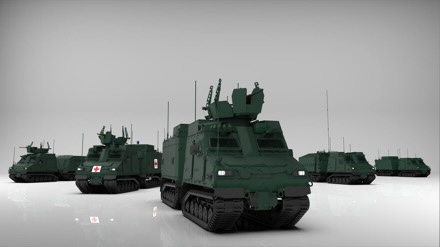
The BvS10 and Beowulf are the world leaders when it comes to all-terrain solutions. Their articulated mobility systems provide optimal maneuverability across varying terrains so they can traverse snow, ice, rock, sand, mud or swamps, as well as steep mountain environments. The vehicles’ amphibious feature also allow them to swim in flooded areas or coastal waters.
The vehicles can deliver personnel and supplies to sustain strategic, tactical, and operational mobility.
BvS10’s unprecedented mobility is based on terrain accessible North Atlantic Treaty Organization (NATO) standards. Its modular design allows it to be reconfigured for varying missions and can be delivered in multiple variants that include carrying personnel, command and control, ambulance, vehicle repair and recovery, logistics support, situational awareness, and a weapons carrier with additional mortar capability.
BvS10 is currently operated by Austria, France, the Netherlands, Sweden, and the United Kingdom. BAE Systems’ Beowulf, the unarmored variant of the BvS10, won the U.S. Army’s competition for its Cold Weather All-Terrain Vehicle (CATV) program in August. The U.S. Army will receive 110 vehicles over a five-year period.